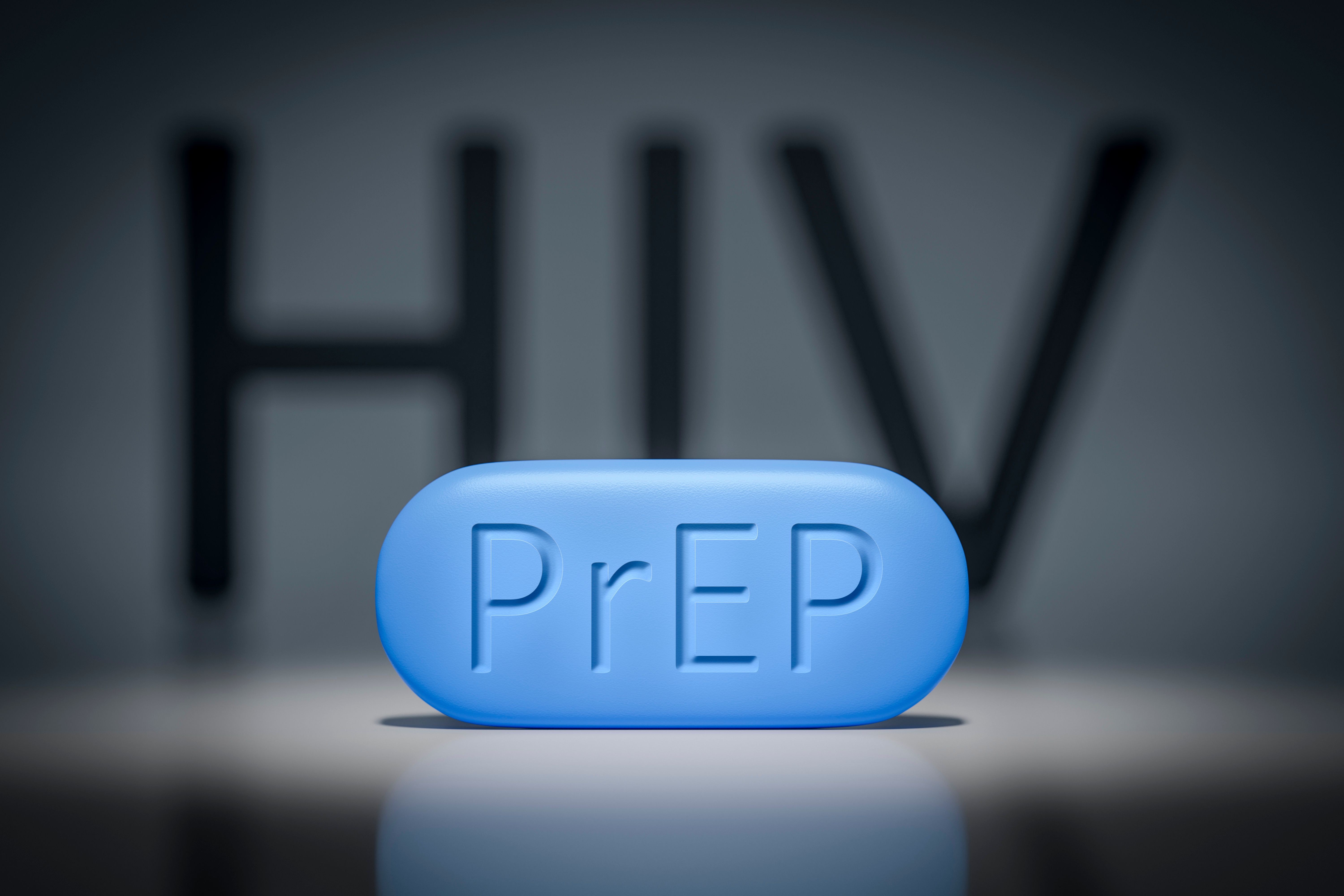News
Article
Interpersonal, Community Factors Influence PrEP Engagement
Author(s):
Participants indicated that they would be more likely to accept PrEP-related information if it was recommended by a trusted person.
New research highlights the interpersonal and community factors that can both help and harm engagement with pre-exposure prophylaxis (PrEP) for HIV prevention among young Black adults, according to findings published in BMC Public Health.
Image credit: Jo Panuwat D - stock.adobe.com

PrEP has demonstrated effectiveness in decreasing new cases of HIV, although few African Americans use PrEP despite being disproportionately impacted by the virus. Of the 1.2 million individuals deemed eligible for PrEP, just 23% have been prescribed the medication and only 8% are African American, according to the study.
However, African Americans make up 42% of newly diagnosed cases annually in the United States. Furthermore, the CDC estimates that 1 in 2 African American men who have sex with men (MSM) compared to 1 in 11 White MSM will receive a positive HIV diagnosis in their lifetime. Notably, African American transgender women account for 46% of new HIV diagnoses among transgender women.
A growing body of research is investigating the influence of sociocultural and structural factors on PrEP use, with the goal of identifying strategies to improve PrEP engagement and uptake. Previous research has found that African Americans are likely to entertain negative beliefs and suspicions about PrEP use compared to other racial groups, which can partially explain the low PrEP usage in this population.
The study gathered data from the Afya PrEP study, which included 11 focus groups of 18- to 29-year-old African American sexual and gender minority and heterosexual participants at heightened behavioral vulnerability to HIV.
Factors found to impact PrEP engagement included both sociocultural factors as well as structural factors. Sociocultural aspects found to be influential were community and social network influences; medical mistrust; and stigma. Structural factors included PrEP availability and accessibility (including cost and where to obtain PrEP), as well as engagement strategies (including AIDS service organizations’ PrEP practices and recommended future engagement strategies).
Community and social networks are particularly influential, the focus group participants said. If other members of the community are not openly using PrEP or actively dissuade others from using it, participants said their mistrust and reluctance could grow.
“…If our population around here is not using [PrEP] as much, then why would we just start doing it out of nowhere not knowing nothing about it…” said one participant.
Medical mistrust also had a significant influence, with participants expressing suspicion about PrEP promotion efforts and how heavily LGBTQ+ communities were targeted through television commercials. Rather than providing information, in some cases these commercials seemed to reinforce participants’ fears that the pharmaceutical industry is targeting African American gay men to infect them with HIV. The mistrust was significant enough that some participants said they did not trust their physicians’ advice about PrEP.
However, participants did view providers’ offices as facilitators of PrEP engagement, although they were worried about cost.
“I guess PrEP is good…but when I looked up information about PrEP afterward, with PrEP there was something like it costs $4000 to get and, like you said, some insurance covers it [and] some don’t,” one participant said. “I wasn’t sure about which was which and it made me think…it makes it seem like it’s easy to get, but it isn’t.”
Some participants also said they viewed physicians’ offices as a potential barrier. Cisgender heterosexual women said they were surprised and upset when their providers never mentioned PrEP during regular visits, even after presenting for sexually transmitted infection (STI) testing.
In contrast to heterosexual women, however, many in the MSM group did not feel comfortable learning about PrEP from a primary care provider unprompted. Their perception is that the health care systems’ practice of overly targeting PrEP promotion toward gay men perpetuates the stigma and stereotyping of HIV. Consequently, these participants reacted negatively to being singled out by health care professionals for PrEP awareness.
When discussing future PrEP engagement strategies, participants indicated that they would be more likely to accept PrEP-related information if it was recommended by a trusted person, preferably someone who looks like them or at least someone with whom they could relate. Participants strongly advised against employing personnel of a different rate to deliver PrEP messages to African Americans, highlighting the need for a diverse health care workforce.
Finally, participants suggested that AIDS service organizations consider locating their offices in places that are easily accessible to young African Americans, make PrEP services available at neighborhood clinics, and incorporate services into routine care such as STI services.
Based on their conversations, the investigators concluded that AIDS service organizations could improve engagement with the African American community by building rapport and hiring staff who identify with and relate to young African Americans’ experiences.
REFERENCE
Ayangeakaa SD, Kerr J, Combs RM, Harris LM, et al. Sociocultural and structural influences on HIV pre-exposure prophylaxis (PrEP) engagement and uptake among African American young adults. BMC Public Health. 2023;23:1427. doi:10.1186/s12889-023-16273-8
Newsletter
Stay informed on drug updates, treatment guidelines, and pharmacy practice trends—subscribe to Pharmacy Times for weekly clinical insights.






